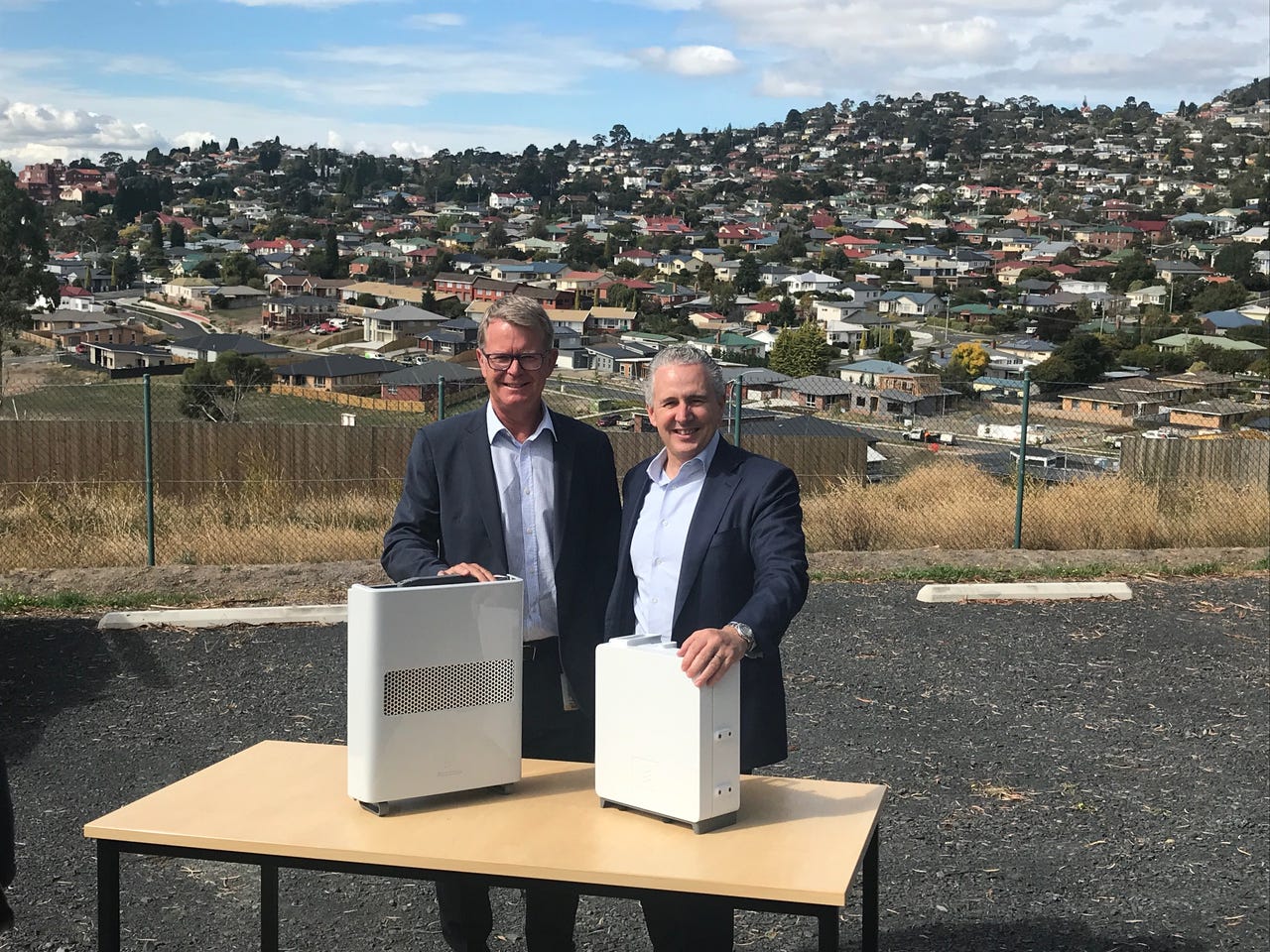Telstra testing out small cells on Tasmanian power poles


Telstra has announced it will begin a test in Weldborough, Tasmania that will see it mounting a small cell on a TasNetworks power pole to extend its 4G coverage.
Should the test be successful, the telco has said it would use TasNetworks poles in places including Tunnack, Pyengana, Forcett, Adventure Bay, and West Hobart. Telstra already uses small cells at 17 locations across Tasmania, including Taroona, Glendevie, Rocky Cape, Judbury, St Marys, Lebrina, and Lake Barrington.
Small cells typically have a range of around 300 metres.
Telstra CEO Andy Penn said mobile coverage has many benefits for regional areas.
"The construction of a mobile base station typically costs several hundreds of thousands of dollars, but can easily run up to AU$1 million plus in some regional and remote areas due to distance and terrain," he said. "A small cell may allow us to deliver mobile coverage and capacity to smaller communities and areas where the construction of a mobile base station would otherwise be uneconomical."
"From supporting sales workforces in the field to small art galleries being able to take credit card payments for the first time, mobile connectivity is becoming more and more vital to small business growth and stability."
Penn told ZDNet last month the telco was looking to have a fully integrated 5G network when it launches next year.
"We're always a leader, and we have the best network. We've always been a leader in technology and will continue to be so," he said. "It's one thing to just sort of put a flag in the ground, but what's more important is we have an integrated set of 5G solutions for customers, and also we will continue to invest in and develop the capability of 4G as well.
"Because ultimately, whilst 5G might be available commercially in 2019, realistically not everybody is going to suddenly switch to 5G; there will still be many customers on 4G as there are indeed on 3G today."
Read also: MWC 2018: Telstra's 5G rollout plan for 2019
In May last year, Telstra added voice services onto its small cells thanks to voice over LTE.
Last month, Nokia announced it had developed a base station weighing less than a kilogram, and it would be used to provide 4G services on the Moon.
The network is planned to be used to communicate with a pair of rovers that will examine the Apollo 17 lunar rover. The privately-funded lunar mission is to launch next year on a SpaceX Falcon 9 rocket from Cape Canaveral.
"Vodafone testing indicates that the base station should be able to broadcast 4G using the 1800MHz frequency band and send back the first ever live HD video feed of the Moon's surface, which will be broadcast to a global audience via a deep space link that interconnects with the PTScientists server in the Mission Control Centre in Berlin," Nokia said at the time.
Related Coverage
Telstra once again on the hunt for a CIO
John Romano leaves the telco after a career of more than a dozen years.
Telstra to move NBN customers one tier behind prime minister
More than 850,000 customers to be moved to Telstra's new standard speed.
Telstra a global leader in 5G: Ericsson CEO
Ericsson CEO Börje Ekholm has announced the telco's guide to how carriers can maximise revenues during the transition to 5G, while calling Telstra one of the global leaders.
Telstra reveals 5G rollout plan for 2019
Australia's incumbent telecommunications carrier looks to provide 5G to major cities and several regional areas by the end of 2019.
5G mobile networks: A cheat sheet (TechRepublic)
As LTE networks become increasingly saturated, mobile network operators are planning for the 5G future. Here is what business professionals and mobile users need to know about 5G.